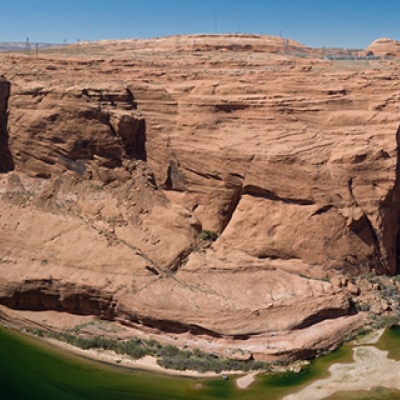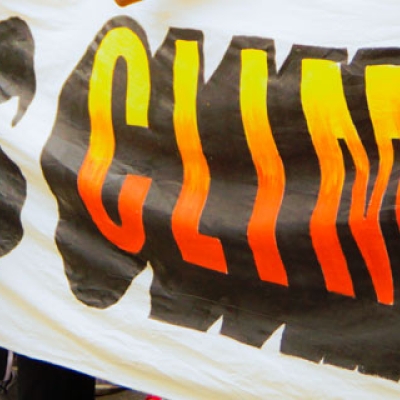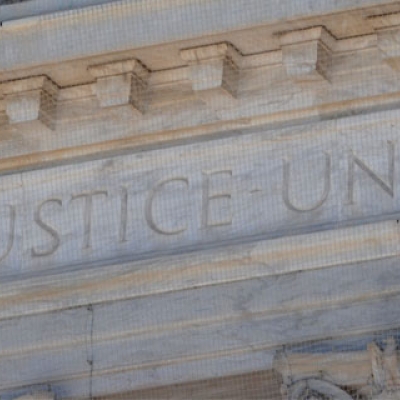
In the Case of Tar Sands Oil - Oils Well, Will Certainly Not End Well
By Dominick A. DellaSala / On August 30th, 2011
Canada’s growing interest in exporting some of the dirtiest crude oil in the world is a threat to not only North America’s wildlife but also a rational energy policy and a stable atmosphere. NASA and climate scientist James Hansen called this project a climate game-changer because burning Alberta “tar sands” oil could raise CO2 levels in the atmosphere by 200 parts per million (ppm), pushing us dangerously away from the 350 ppm safety net that he and other scientists have recommend (we are currently at 390 ppm of CO2 and rising at about 1-2 ppm per year).




